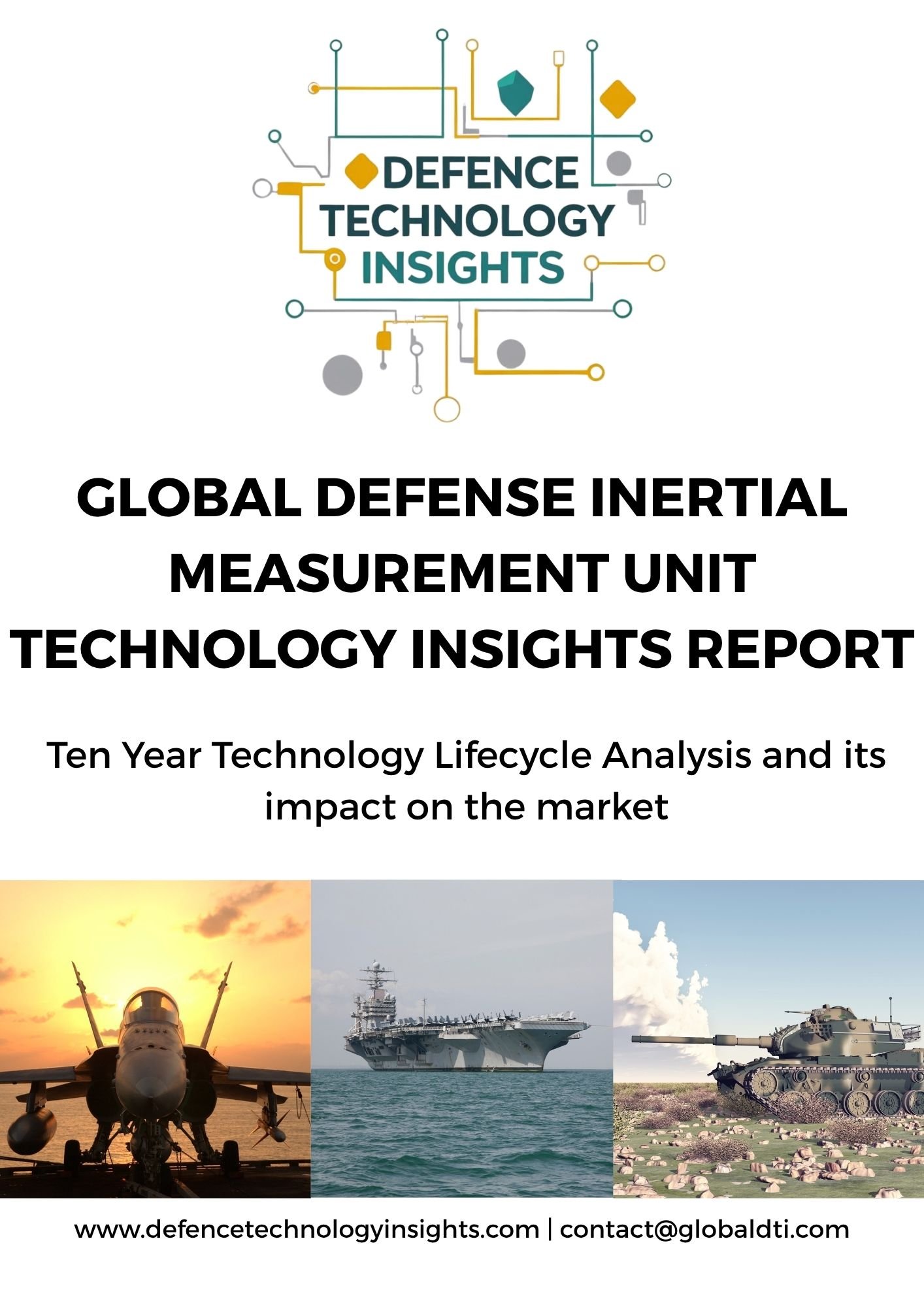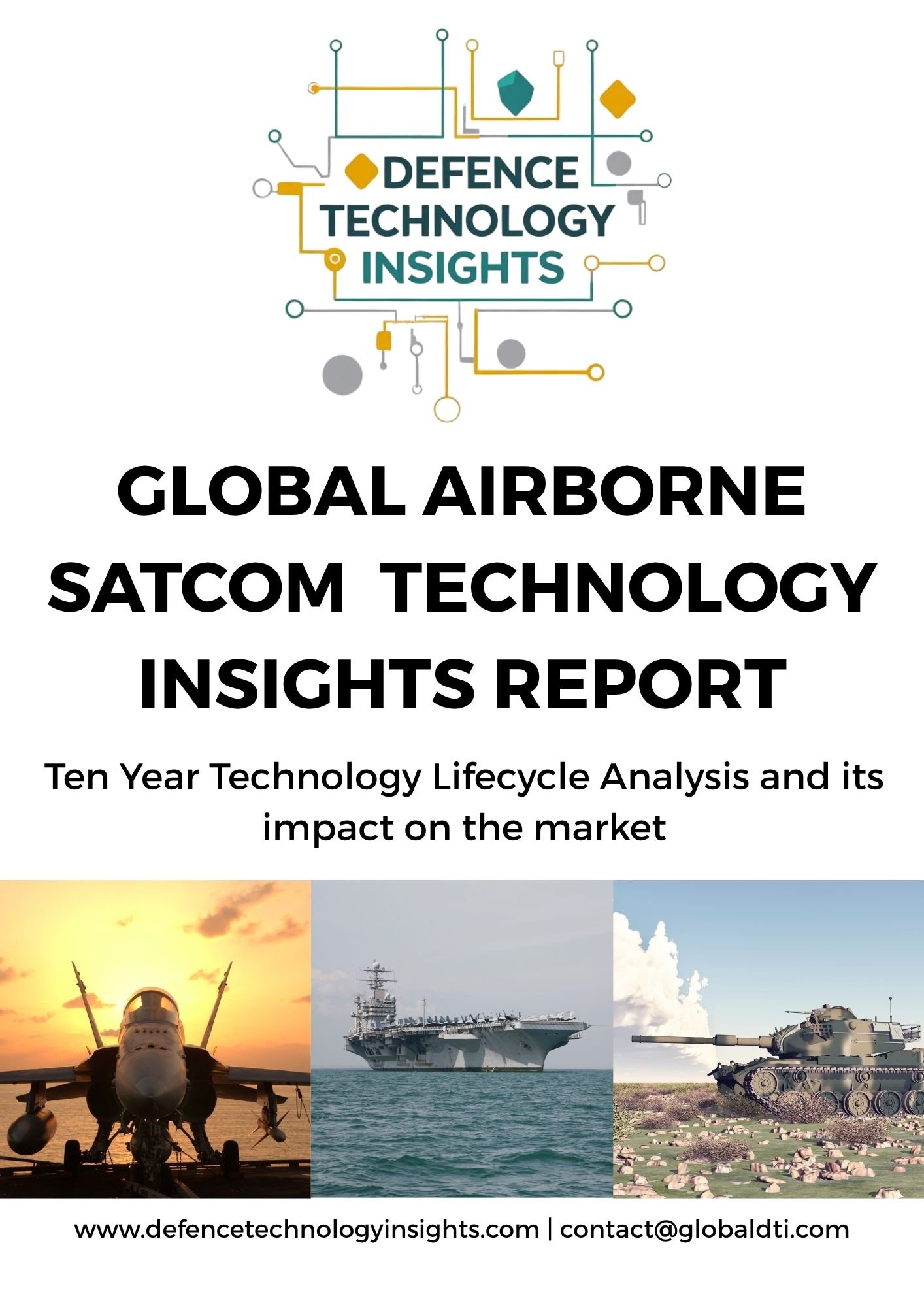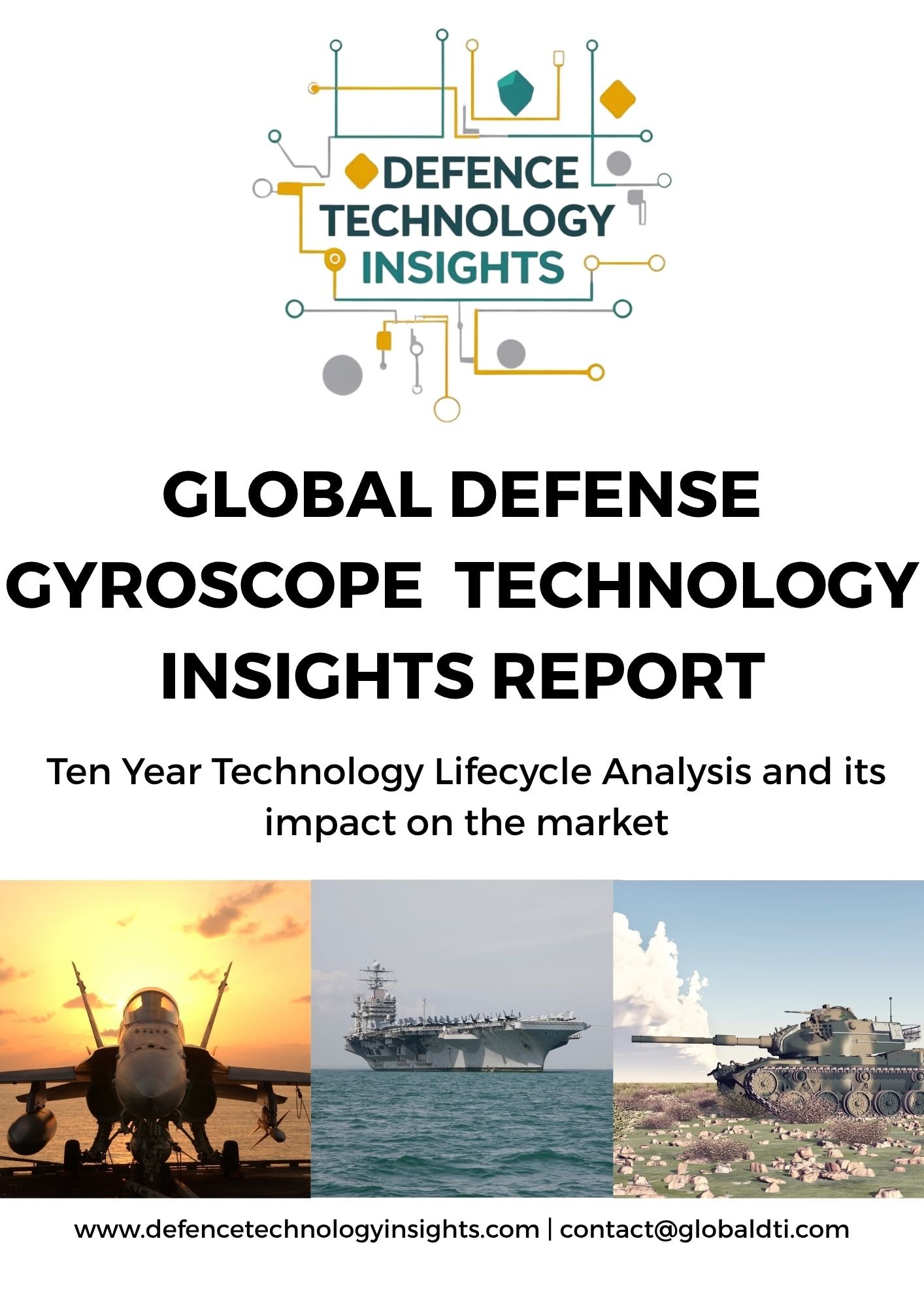Table of Content
Market Definition
Market Introduction
Key Market Technology Trends
- Key Technology Drivers
- Key Technology Restraints
- Key Technology Challenges
Top 15 Technologies Impacting the Global Market
Technology Life Cycle Mapping - Region
- North America
- Europe
- Asia Pacific
- Middle East
- LATAM
Technology Life Cycle Mapping ? Country
- United States
o Key Programs
o Defence Technology Life Cycle Mapping
o Key Stakeholders
- China
o Key Programs
o Defence Technology Life Cycle Mapping
o Key Stakeholders
- Russia
o Key Programs
o Defence Technology Life Cycle Mapping
o Key Stakeholders
- Germany
o Key Programs
o Defence Technology Life Cycle Mapping
o Key Stakeholders
- India
o Key Programs
o Defence Technology Life Cycle Mapping
o Key Stakeholders
- United Kingdom
o Key Programs
o Defence Technology Life Cycle Mapping
o Key Stakeholders
- Saudi Arabia
o Key Programs
o Defence Technology Life Cycle Mapping
o Key Stakeholders
- Ukraine
o Key Programs
o Defence Technology Life Cycle Mapping
o Key Stakeholders
- France
o Key Programs
o Defence Technology Life Cycle Mapping
o Key Stakeholders
- Japan
o Key Programs
o Defence Technology Life Cycle Mapping
o Key Stakeholders
- South Korea
o Key Programs
o Defence Technology Life Cycle Mapping
o Key Stakeholders
- Israel
o Key Programs
o Defence Technology Life Cycle Mapping
o Key Stakeholders
- Poland
o Key Programs
o Defence Technology Life Cycle Mapping
o Key Stakeholders
- Italy
o Key Programs
o Defence Technology Life Cycle Mapping
o Key Stakeholders
- Australia
o Key Programs
o Defence Technology Life Cycle Mapping
o Key Stakeholders
- Canada
o Key Programs
o Defence Technology Life Cycle Mapping
o Key Stakeholders
- T?rkiye
o Key Programs
o Defence Technology Life Cycle Mapping
o Key Stakeholders
- Spain
o Key Programs
o Defence Technology Life Cycle Mapping
o Key Stakeholders
- Netherlands
o Key Programs
o Defence Technology Life Cycle Mapping
o Key Stakeholders
- Brazil
o Key Programs
o Defence Technology Life Cycle Mapping
o Key Stakeholders
- Mexico
o Key Programs
o Defence Technology Life Cycle Mapping
o Key Stakeholders
- Taiwan
o Key Programs
o Defence Technology Life Cycle Mapping
o Key Stakeholders
- Colombia
o Key Programs
o Defence Technology Life Cycle Mapping
o Key Stakeholders
- Singapore
o Key Programs
o Defence Technology Life Cycle Mapping
o Key Stakeholders
Global Patents Outlook
Technology Revenue Realization Matrix
Strategic Conclusion






